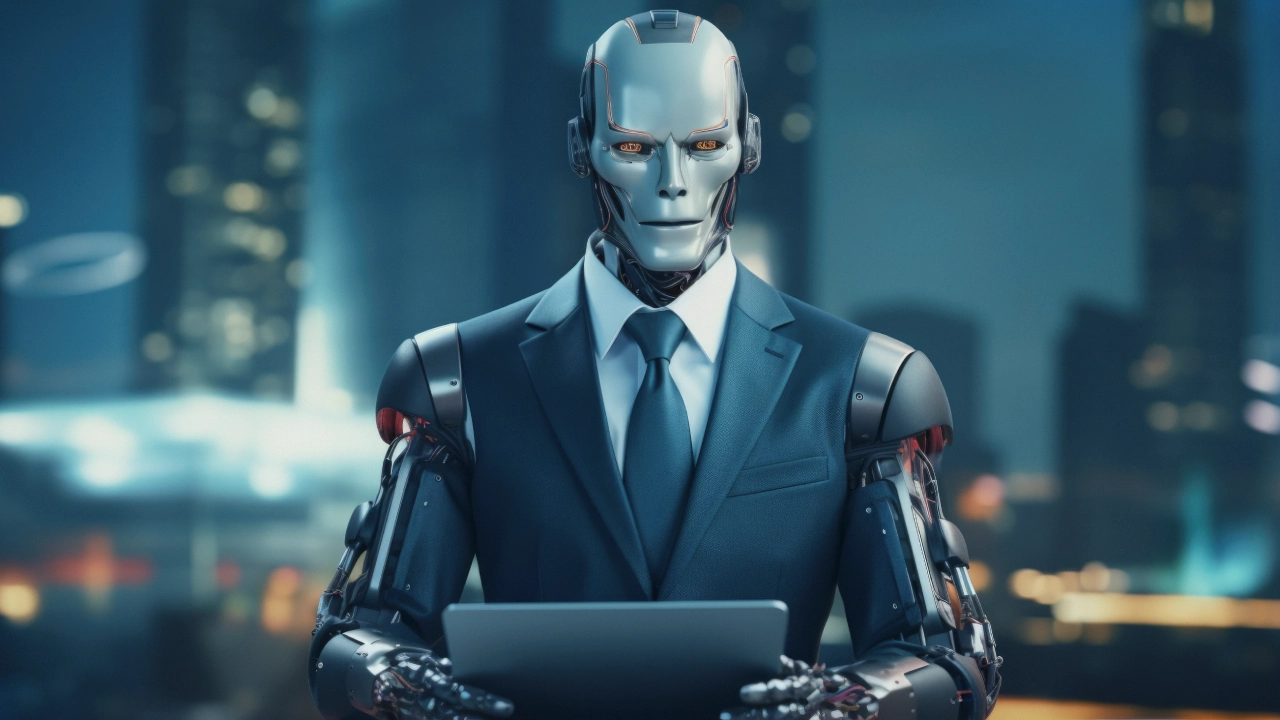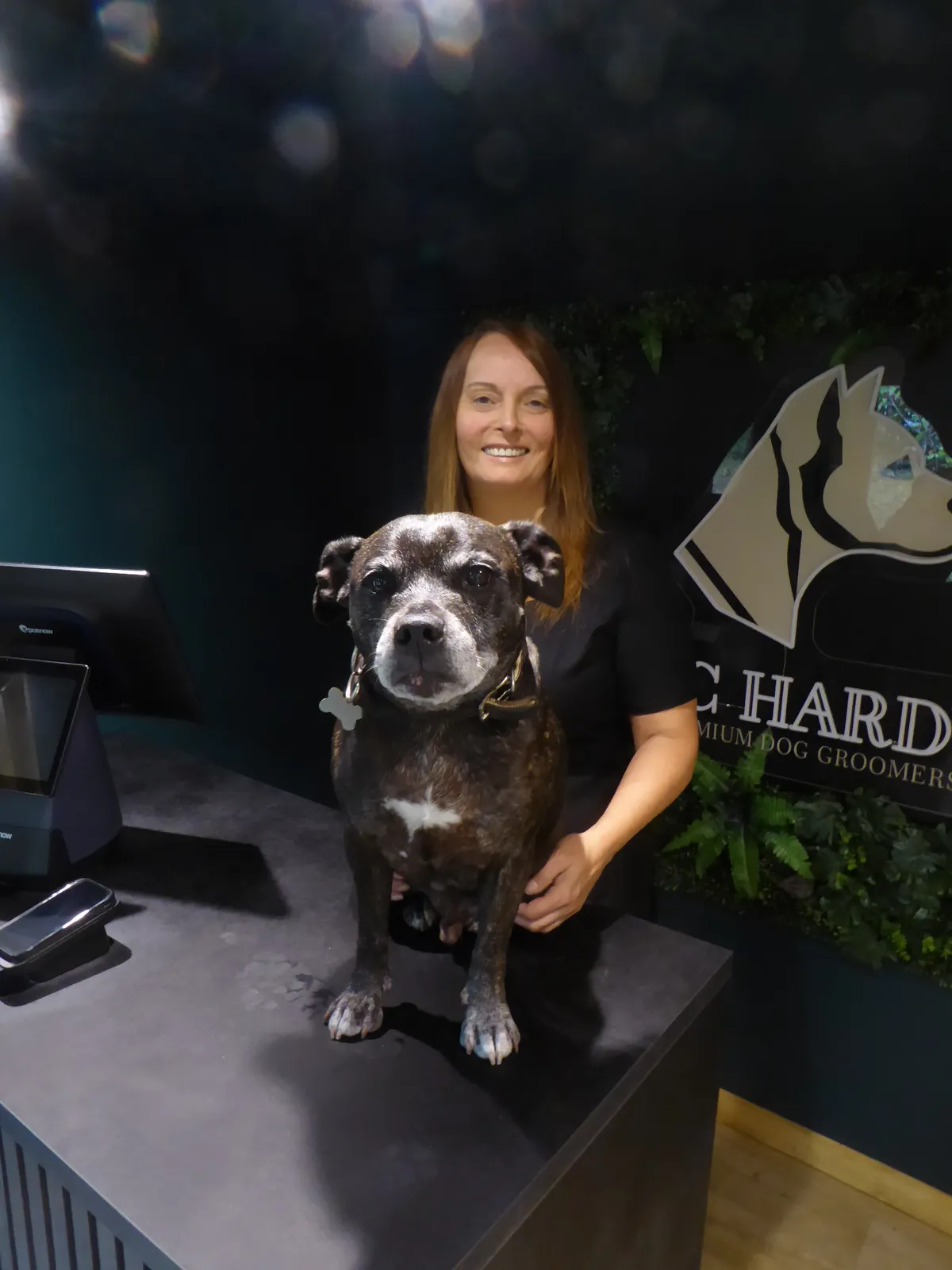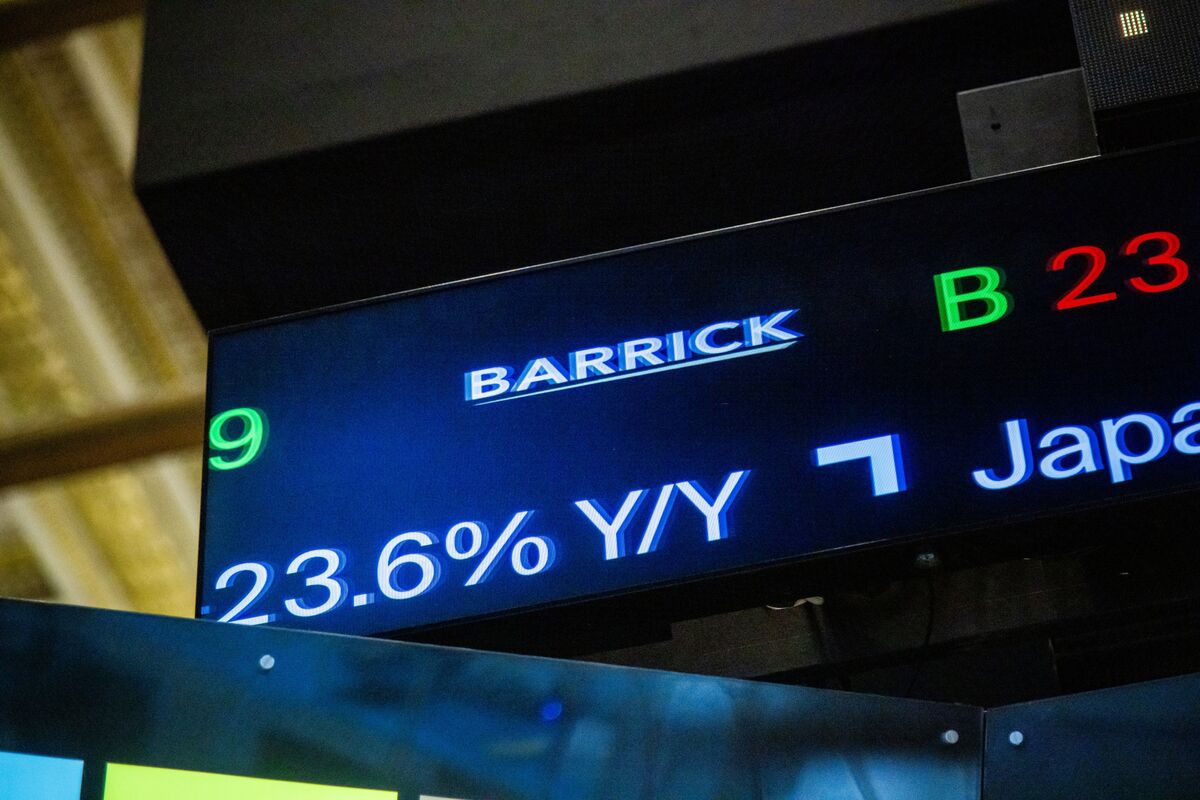By Ananya Sengupta
Copyright techgenyz

Startups are trying out AI agents and humanoid robots like Dictador’s “Mika” for executive tasks and decision-making.Platforms like Altan and Artisan AI show how autonomous agents can create software or function as “employees” with little human supervision.Benefits include quicker execution, scalability, and allowing non-technical founders to participate, while important strategic decisions stay in human hands.Ethical, legal, and trust issues highlight that fully autonomous “AI CEOs” are still in the experimental stages and need clear oversight and accountability.
As artificial intelligence (AI) systems become more capable, some startups and companies are trying out ideas that allow machines to take on more responsibilities, including executive roles. From autonomous agents that create software to robots serving as “experimental CEOs,” these efforts examine whether AI can handle strategic or managerial decisions.
This article looks into recent experiments in autonomous decision-making among startups: what has been attempted, how effective it is, what challenges still exist, and what lessons can be learned.
What it Means for a Machine to Run a Company
For clarity, “machines running a company” usually does not mean fully replacing all human leaders. It refers to delegating some executive, strategic, or managerial roles to AI agents, robots, or algorithmic systems. These AI systems take inputs, like goals and data, and produce outputs, such as decisions and actions, with different levels of human oversight. Startups that explore this often begin by testing narrow or well-defined areas first, like product development, software maintenance, marketing campaigns, or client interactions, before moving into broader operational and strategic decision-making.
Real-World Experiments
Dictador’s Robot CEO Mika
One of the most notable experiments is Dictador, a Polish rum company, which in 2022 appointed an AI-powered humanoid robot named Mika as its experimental CEO.
Mika’s tasks include choosing artists to design the company’s bottle labels, interacting with the company’s DAO (decentralized autonomous organization) community, and managing certain communication duties.
However, important decisions like hiring and firing still rest with humans.
Mika insists that its decision-making relies on data, aligns with strategic goals, and aims to be free from personal bias.
This situation remains more symbolic and experimental than fully functional; it points to future possibilities and raises questions about what tasks can be safely assigned to AI.
Altan: Autonomous Agents Building Software
Closer to startup operations than ceremonial roles is Altan, a Barcelona-based startup that raised about US$2.5 million in a pre-seed round for its platform of AI agents that create, launch, and manage software with minimal human help.
Users describe their ideas through text or voice, and a team of AI agents—such as a UX designer, a full-stack developer, and a product manager—collaborates to provide software solutions, including backend automation, infrastructure, and databases.
Altan claims to already have over 25,000 users, many of whom are non-technical founders using it to launch items like reservation systems and inventory software.
One example is a non-technical founder, Julius Kopp, who generated around US$10,000 in monthly recurring revenue in about 60 days by using Altan’s platform.
Altan represents a practical step towards machine-led business, where parts of product creation, maintenance, and operation are automated or led by agents.
Artisan AI: AI Employees
Another startup in this field is Artisan AI, which designs AI to function as employees rather than just tools or assistants.
Their first AI employee is Ava, a business development representative (BDR). Ava researches leads, writes and sends emails in a client’s tone, manages outgoing sequences, and improves performance.
Artisan claims that its agents can learn, adjust, and improve over time, somewhat like a human employee.
While this does not mean Artisan has an AI CEO, it illustrates how companies are delegating significant autonomous decision-making to AI agents.
What Works, and What Doesn’t
Speed, scalability, cost savings: AI agents can work continuously, carry out routine tasks quickly, and grow faster than human teams for many simple functions. Altan’s ability to deliver functional software quickly for non-technical founders is one example.
Bias reduction (in theory), consistency: Tools like Mika claim to lessen personal bias. Agents like Ava can keep a consistent tone and approach. However, “in theory” remains important. AI can take on biases from training data.
Enabling non-technical actors: One major benefit is lowering barriers for non-technical founders who now have access to tools that used to need skilled development teams. The users of Altan reflect this change.
Testing new governance or management models: For instance, including AI and robots in visible leadership roles—even symbolically—encourages thinking about what decision-making truly means. The Dictador / Mika case is helpful, even if it doesn’t yet replace human strategic thinking.
Limitations
Scope of decisions: AI is often trusted with clear, low-risk, routine tasks or symbolic roles. Complex strategic choices, such as mergers, large financial commitments, and personnel changes, stay with humans because context, ethics, long-term vision, moral judgment, and stakeholder subtleties are tough to automate. Mika does not fire people.
Reliability, unexpected behavior, and oversight: AI systems can fail. Agents might misunderstand prompts, draw incorrect conclusions, or overlook interdependencies. These shortcomings call for human oversight.
Ethical, legal, and trust concerns: Stakeholders—like employees, customers, and regulators—might oppose machine leadership. Accountability can become unclear. If an AI makes a harmful decision, who is to blame?
Cost, maintenance, data dependency: Creating, training, maintaining, and updating autonomous agents requires data, computing power, and system design. Ongoing costs and efforts exist, especially for new companies.
Performative vs functional roles: Some “AI CEO” positions are mainly symbolic or PR-focused, like Dictador’s Mika, rather than proof that a robot fully runs corporate strategy.
Technical & Organizational Enablers
For companies experimenting with machine-led leadership or autonomous decision-making, certain enablers are emerging:
Modular agent frameworks: Systems made from sub-agents with specific roles, such as design, coding, testing, and deployment, work better than single, large AI systems. Specialization helps manage complexity. Altan is a good example.
Clear goals and metrics: Success needs clear definitions of what the AI should focus on, like speed, uptime, revenue, or design quality, and ways to measure performance.
Human oversight and control points: Even when machines make decisions, humans usually stay involved for high-risk or strategic choices.
Trust, transparency, and explainability: Stakeholders must understand how decisions are made. There should also be clarity about model behavior, data sources, and errors.
Gradual implementation: Many experiments start by assigning narrow tasks before expanding.
Risks, Ethical Implications, and the Human Element
The idea that an AI or robot could be a “CEO” raises many ethical, legal, and social questions.
Accountability: If a decision causes harm—financial, reputational, or safety-related—who is responsible? Is it the humans who set up the system, the company, the developers, or the AI itself?
Bias and fairness: AI systems learn from data, which means they can pick up biases or even strengthen them. An AI making decisions about design or artists might favor certain styles or demographics.
Jobs and roles: Automation may take away certain jobs, particularly in routine leadership or administrative areas. However, there is also the chance for job redefinition—humans may focus more on oversight, strategy, culture, and values.
Trust and legitimacy: Stakeholders such as employees, customers, and industry partners may not trust decisions made by non-human agents or avatars. They could view these decisions as lacking empathy, morality, or human insight.
Legal constraints: Corporate law, contracts, liability, and employment rules are based on human actions. It is unclear how governing bodies would handle non-human CEOs or robots making legally binding decisions.
At present, the answer is: only partially, experimentally, and with human oversight. Machines can already take on leadership-related roles. They can automate tasks that CEOs usually delegate or handle specific decisions, like choosing product designs, selecting artists, and developing code through agents. Startups like Altan are pushing the boundary further toward machine-led operations. Still, fully autonomous leadership—making all strategic, ethical, legal, and interpersonal decisions—is not here yet.
The experimentation is valuable for what it reveals: which tasks are friendly to automation, which require human judgment, and what organizational and legal changes will be needed to safely shift more responsibility to machines. For founders and stakeholders, the key is to test in low-risk areas, build trust and transparency, maintain oversight, and continuously monitor performance. The idea of an AI “CEO” is no longer science fiction, but it is still very much a work in progress.



